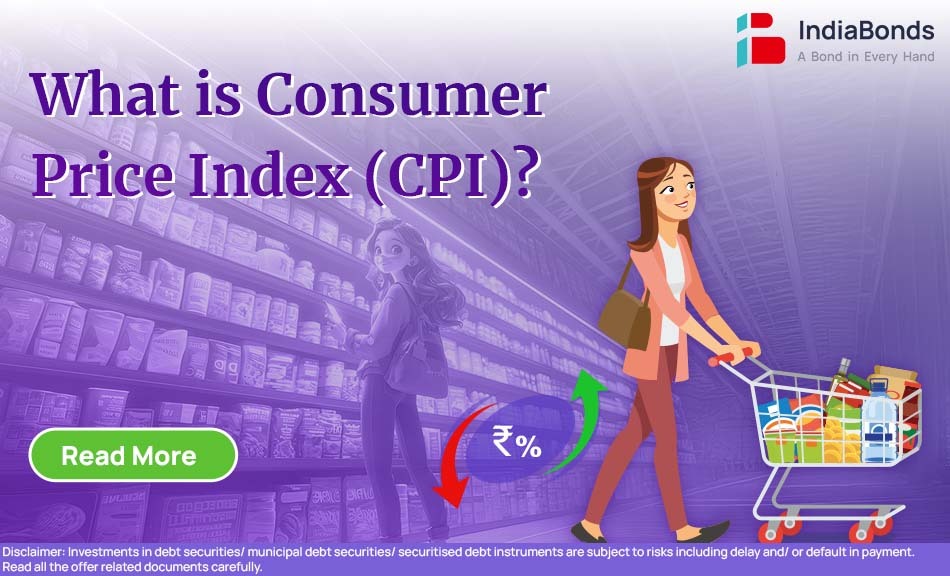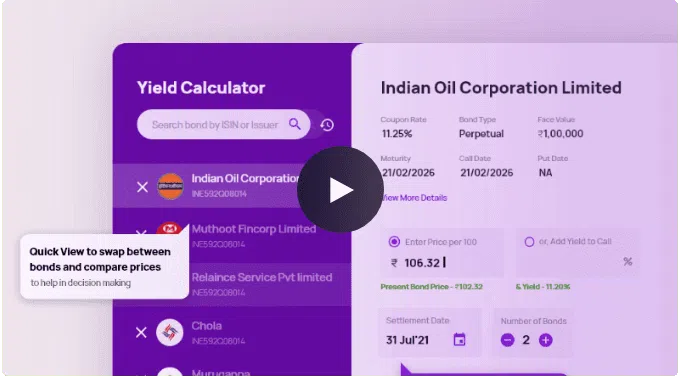Consumer Price Index (CPI): Your Guide to Understanding Inflation’s Impact

CPI Demystified: More Than Just a Number
Introduction:
Imagine CPI as the economy’s thermometer. Just as a fever signals health issues, rising CPI indicates inflation heating up your daily expenses. In India, the Consumer Price Index tracks price changes for essentials like food, housing, transport, and healthcare. It’s not just a statistic—it’s a pulse check on your purchasing power, revealing whether your ₹500 today buys the same basket of goods as it did last year.
What is Consumer Price Index (CPI)?
Are your groceries suddenly breaking the bank? Is rent eating up more of your paycheck? It’s basically a way to see if your money’s stretching as far as it used to. And trust me, that’s super important, because it tells us about inflation – whether things are getting pricier or not. In India, they keep an eye on how the costs of things like food, housing, doctor visits, and getting around town are changing. This info? It’s like a cheat sheet for the folks who make big decisions, like the government and those investment types. They use it to figure out what’s actually happening with prices, not just some fancy theory.
What Does CPI Tell?
Inflation Measurement: When CPI goes up, it means things are getting pricier. A climbing CPI means your grocery bill or rent is likely squeezing your budget tighter.
Cost of Living: It shows how the cost of basic necessities changes for us.
Economic Health: A steady CPI means things are stable, while sudden changes are a red flag.
Impact on Interest Rates: The Reserve Bank of India (RBI) uses CPI to decide on interest rate adjustments.




Types of Consumer Price Index (CPIs)
India measures inflation through four key lenses:
- CPI for Industrial Workers (CPI-IW): Guides wage revisions for factory and service sector employees.
- CPI for Agricultural Labourers (CPI-AL): Tracks rural inflation, critical for farm-dependent households.
- CPI for Rural Labourers (CPI-RL): Monitors price shifts in villages, where 65% of India’s population resides.
- CPI Combined (CPI-C): The headline index, blending urban and rural data to reflect national inflation.
How is CPI Calculated in India?
So, you’re probably wondering, how do they actually get that CPI number? Well, in India, it’s all about tracking how the prices of a bunch of everyday stuff change over time. Think of it like this:
Step 1: Building the “Basket”
The government curates a list of 299 items (like rice, rent, or bus fares) representing what an average household buys.
Step 2: Collecting Prices
Field agents visit 1,114 markets across India each month, recording prices from tomatoes to taxi fares.
Step 3: Assigning Weights
Not all items matter equally. Food and beverages get a 45.86% weight (heaviest), while healthcare is 5.89%.
Step 4: Crunching the Numbers
Using 2012 as the base year (CPI=100), the formula calculates current inflation:
CPI = [ ∑ (Current Price x Weight) / ∑ (Base Year Price x Weight)] x 100
Why CPI Matters to Your Wallet
They use that ‘base year’ as a starting point to see how prices have changed. And they update it every so often, so it keeps up with what we’re actually buying these days.
- Home Loans: A 1% CPI surge could push your EMI up by ₹2,500/month on a ₹50 lakh loan.
- Savings: Banks often raise fixed deposit rates when CPI stays high—good news for retirees.
- Investments: Bond prices tumble when CPI spikes, as investors demand higher returns.
Real-World Applications of CPI
For Policymakers
During the 2022 onion price crisis, CPI data prompted vegetable import waivers to cool food inflation.
For Businesses
A rising CPI may lead companies like HUL to shrink packet sizes (instead of hiking prices) to retain buyers.
For Households
If CPI jumps 6%, your ₹30,000/month budget effectively loses ₹1,800 in purchasing power.
CPI vs. WPI: What’s the Difference?
| Metric | CPI | WPI |
| Focus | Retail prices (you & me) | Wholesale prices (factories) |
| Impact | Directly affects living costs | Predicts future CPI trends |
| Example | ₹100/kg tomatoes at your market | ₹80/kg tomatoes at mandis |
Reading Between the Lines: CPI Trends
2023: RBI’s rate hikes reined CPI back to 5.7%.
2020-21: COVID slashed CPI to 4% (lockdowns cut spending).
2022: Ukraine war spiked CPI to 7.8% (fuel and edible oil costs).
Conclusion
CPI isn’t just a headline—it’s your financial compass. By understanding it, you can:
- Time big purchases (buy appliances before festive-season CPI spikes).
- Choose inflation-beating investments (equities over savings accounts).
- Spot economic shifts early (rising CPI may signal upcoming rate hikes).
Next time CPI data drops, you’ll know whether to tighten your budget, celebrate FD rate hikes, or rethink that home loan. Knowledge, after all, is the best inflation hedge.
FAQs
1. What is CPI in simple terms?
CPI, or Consumer Price Index, is an indicator that measures changes in the prices of everyday goods and services over time.
2. How often is CPI calculated in India?
CPI in India is calculated and published every month by the Ministry of Statistics and Programme Implementation (MoSPI).
3. What is the difference between CPI and WPI?
- CPI (Consumer Price Index) measures retail inflation affecting consumers.
- WPI (Wholesale Price Index) tracks price changes at the wholesale level before they reach consumers.
4. Why does CPI matter to investors?
CPI affects interest rates and bond yields, making it an essential metric for fixed-income investors.
5. How does the RBI use CPI?
The Reserve Bank of India (RBI) monitors CPI to set monetary policies and control inflation by adjusting interest rates.
Disclaimer : Investments in debt securities/ municipal debt securities/ securitised debt instruments are subject to risks including delay and/ or default in payment. Read all the offer related documents carefully.


















Indiabonds | 5 min

Indiabonds | 5 min



































